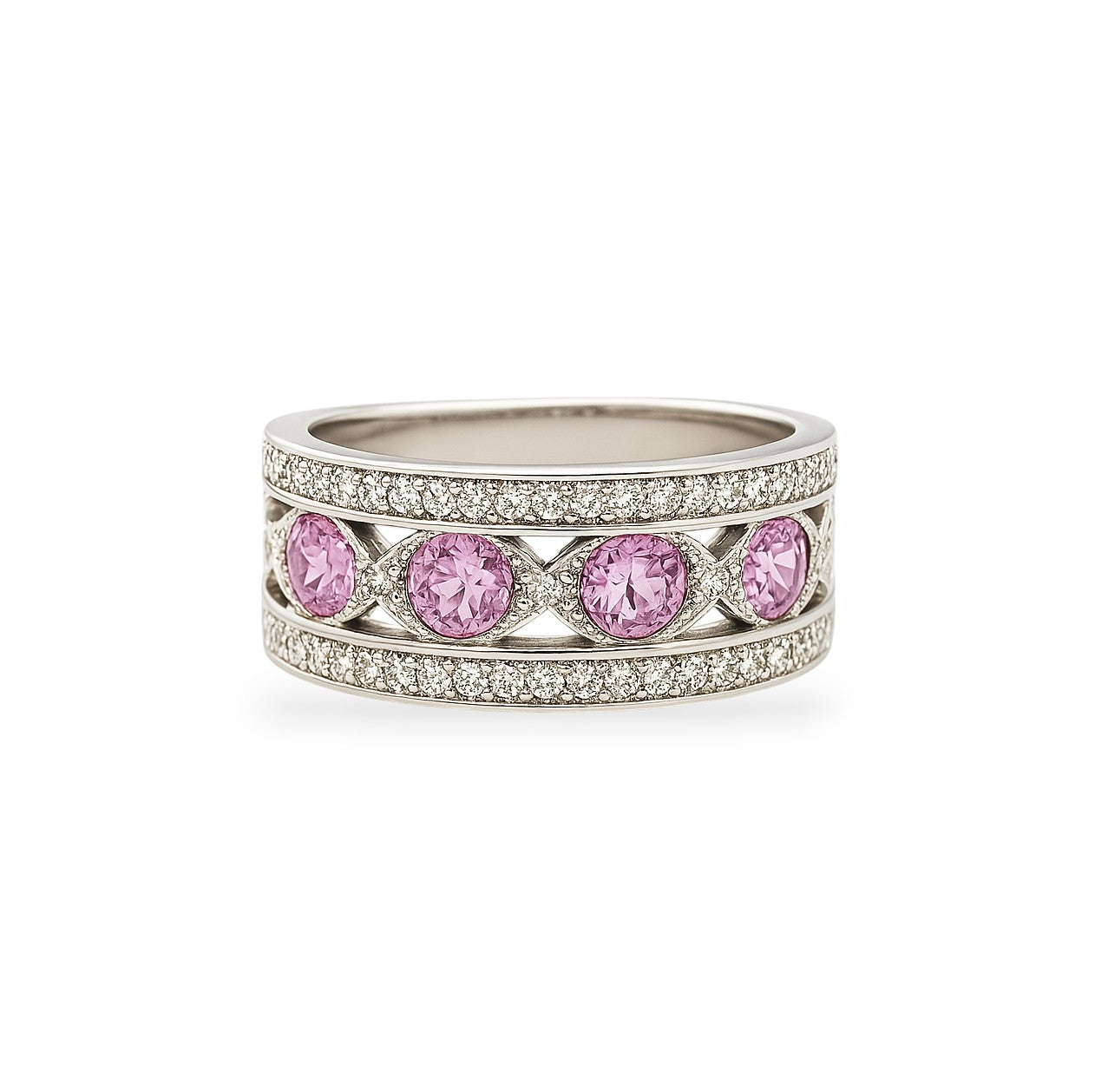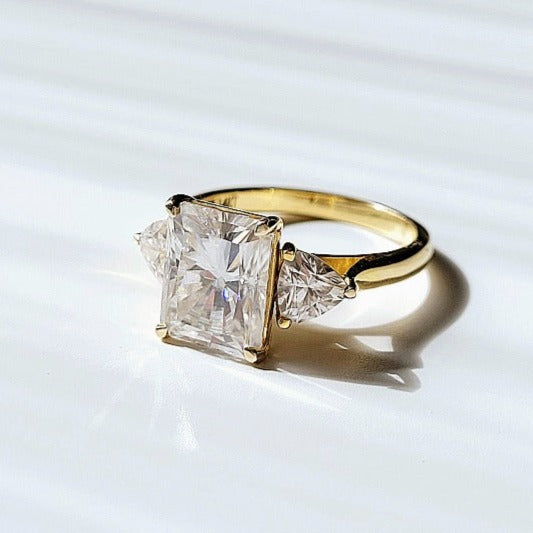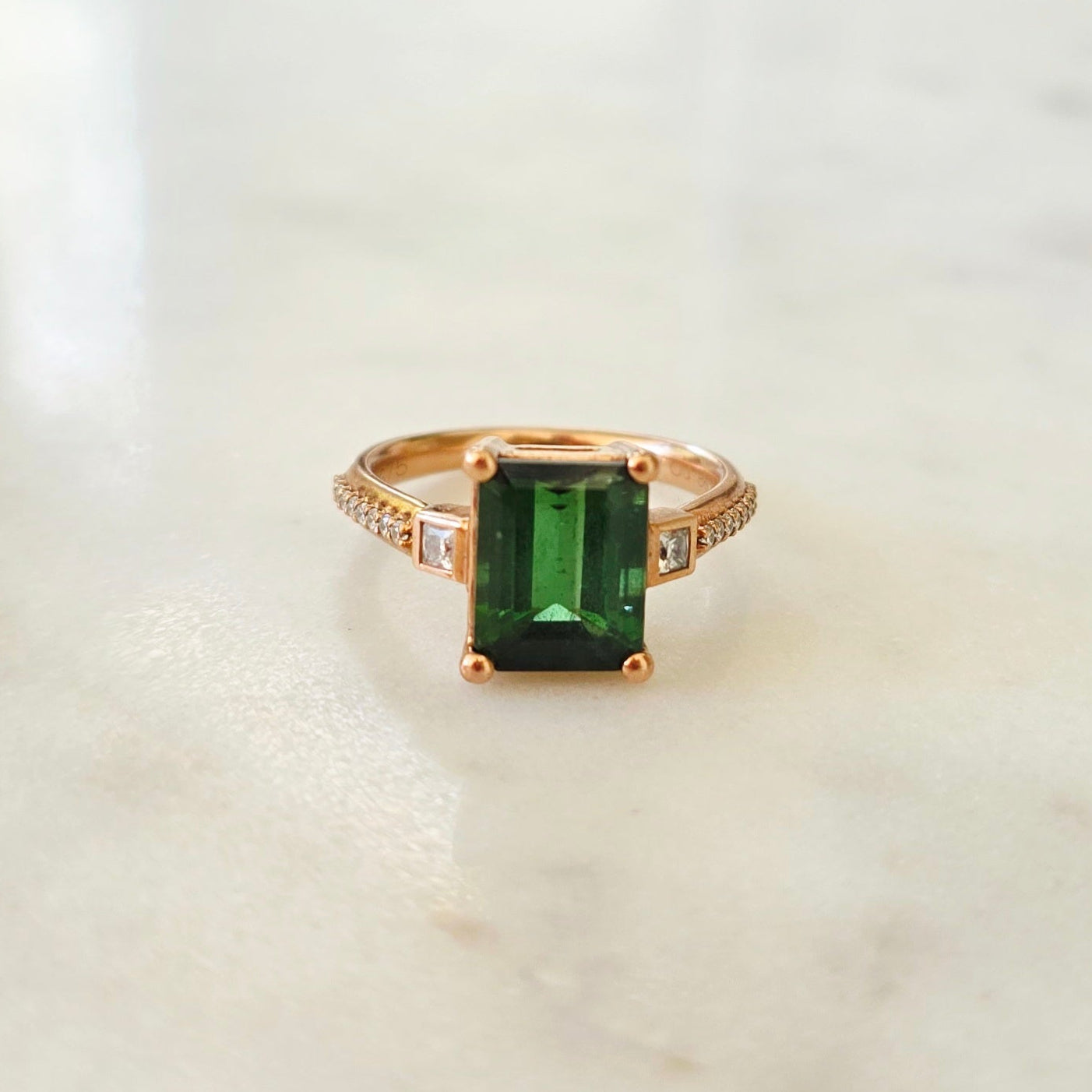1. Lab-Grown Diamonds
A lab-grown diamond is a real diamond created in a controlled laboratory environment using advanced technology that replicates the natural conditions under which diamonds form in the earth.
Just like natural diamonds, lab-grown diamonds are made of pure carbon and have the same physical, chemical, and optical properties. They offer the same brilliance, fire, and durability — but at a more accessible price and with a lower environmental impact.
Lab diamonds are a modern, ethical, and sustainable choice for those who want the beauty and prestige of a diamond, without the traditional mining process. Whether for an engagement ring or a meaningful gift, lab-grown diamonds represent innovation without compromise.
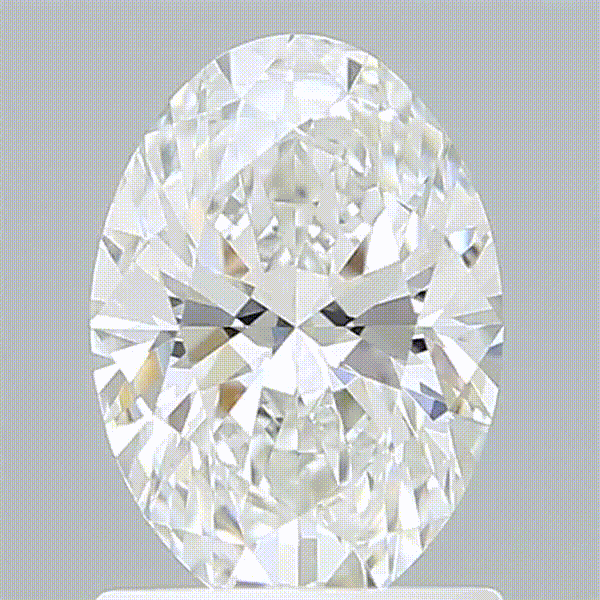
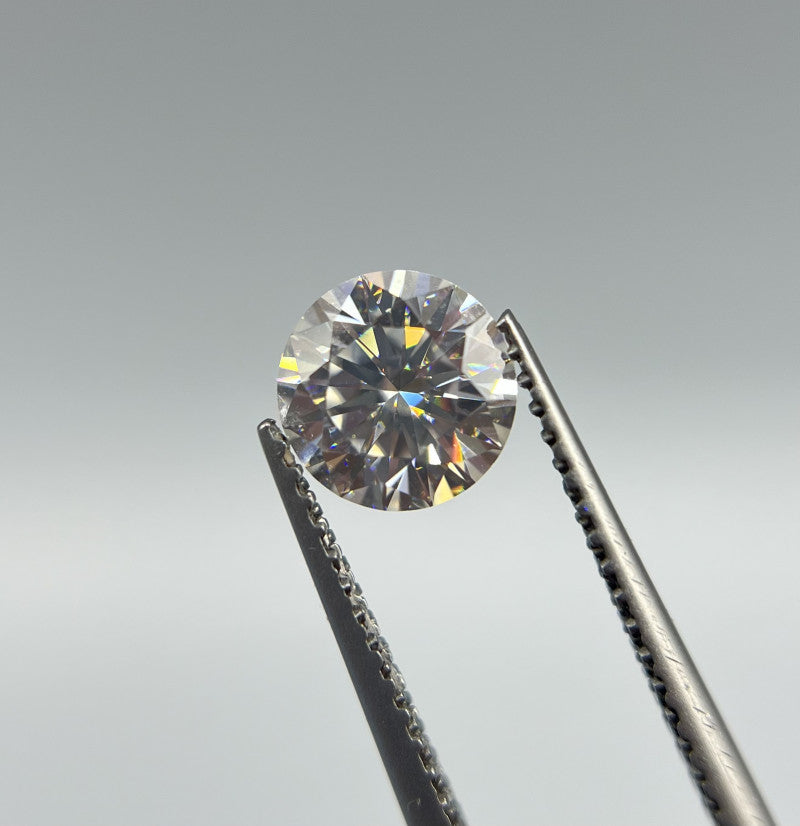
2. Moissanites
Moissanite is a gemstone born from the stars. It was first discovered in 1893 by a French scientist named Henri Moissan, who discovered microscopic particles of the gem in a crater created by a meteorite that fell to Earth. He initially thought that he had discovered diamonds, but later determined that the crystals were composed of silicon carbide.
What are the differencies:
- Brilliance: Moissanite tend to have more coloured flashes of light than diamond, however, this depends partly on the diamond cut. Diamonds with older cut styles or modern cuts with certain angles will show more fire than most modern diamonds. This can make it difficult to tell the difference between the two.
- Colour: Today, you can readily find Moissanite in the same range of colour as white diamonds. Still, Moissanite can project a yellow or greyish hue in certain lights, the larger the Moissanite, the more noticeable the colour. Those very sensitive to colour may prefer diamond or white sapphire to Moissanite.
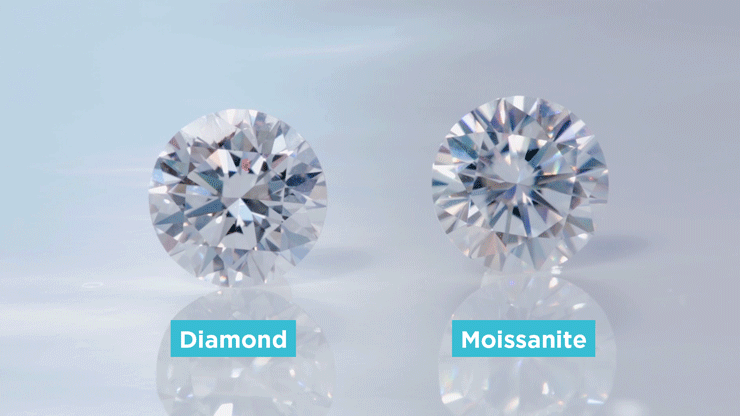

They are great alternatives to diamonds, regarding their durability and brilliance.
Here’s a clear comparison chart between natural diamonds, lab-grown diamonds, and moissanite, based on their main characteristics:
Natural diamond: traditional luxury, durable, but expensive and sometimes ethically controversial.
Lab-grown diamond: identical appearance to natural, more affordable, ethical, and sustainable.
Moissanite: a highly brilliant and budget-friendly alternative, though slightly different in appearance.



